SlipperKing
Madd Virologist
This is an old clone awarded back in the 70's. Owner then was Norris Powell.
Opened back in early Oct. (sorry about the cobb webs)
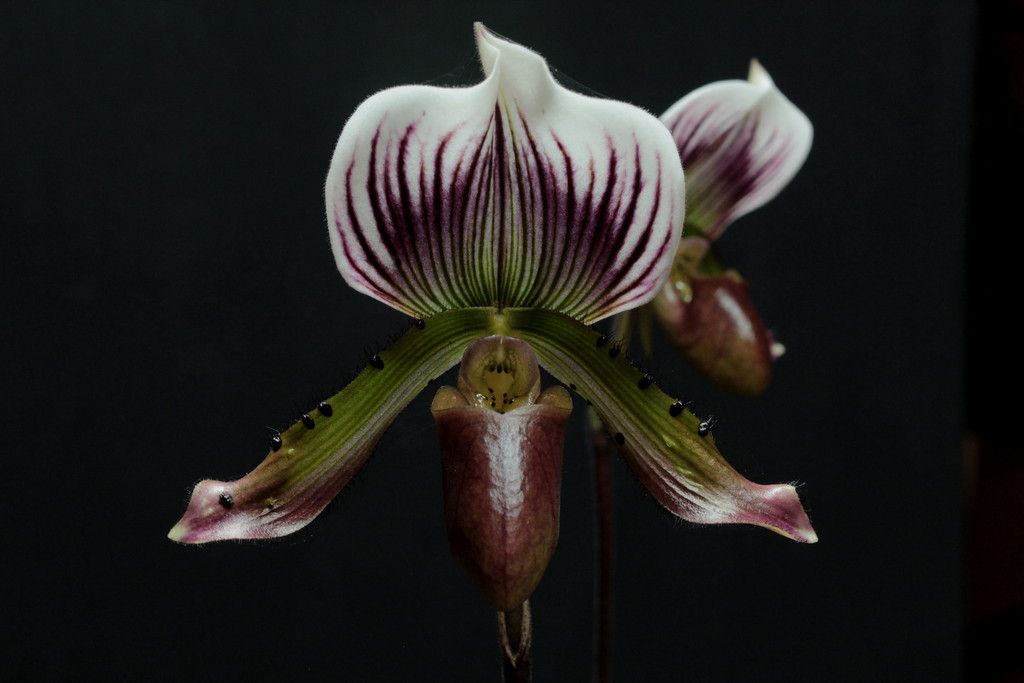
Then again in Nov.
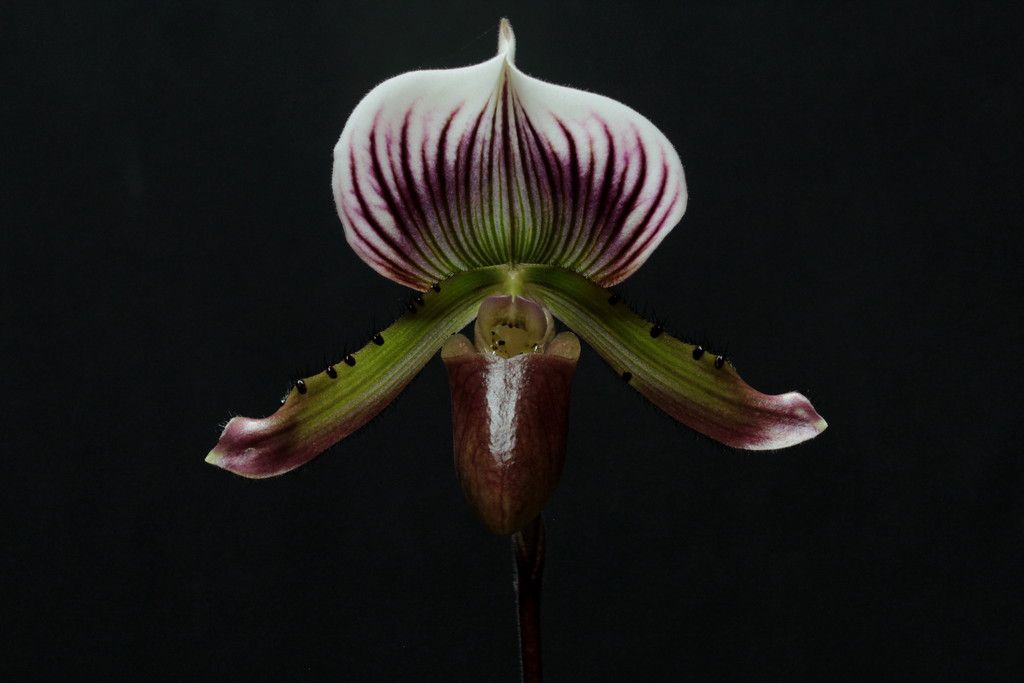
And now at Christmas
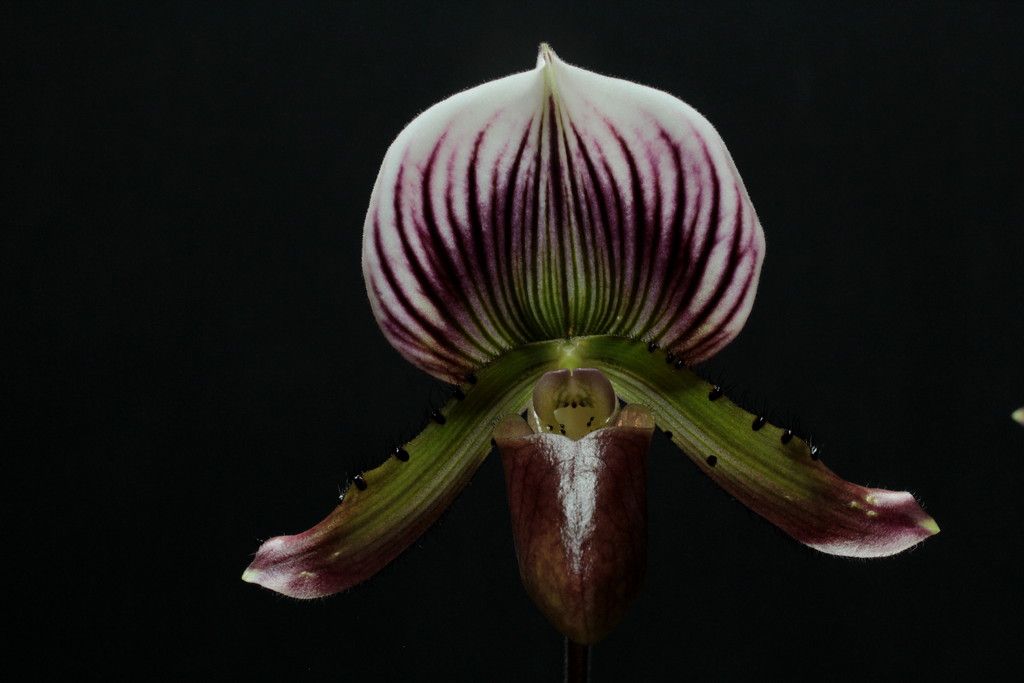
These three flowers are not individual plants but one large plant. I would like all to see how the environmental conditions affect the quality of each blooming. Warmer in Oct and gradually getting colder with less and less light. Not only is the shape of each flower different but also the amount of maroon in the dorsal halo increases later in the year. In person its more noticeable.
I bring this up because of the digressed conversation in my sanderianum thread where Tom-DE believes my plant is a hybrid. I personally disagree with that notation. I don't think its typical of sandies to bloom in the winter and this December flowering could give this "off" look Tom is picking up on.
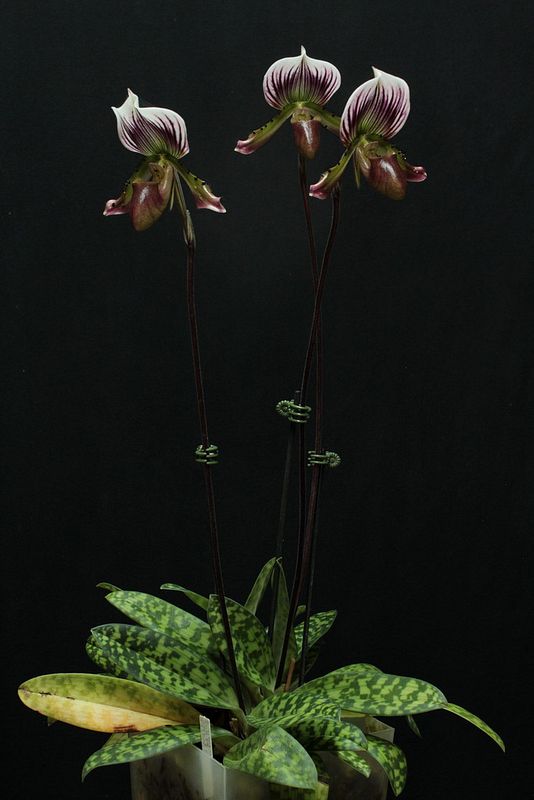
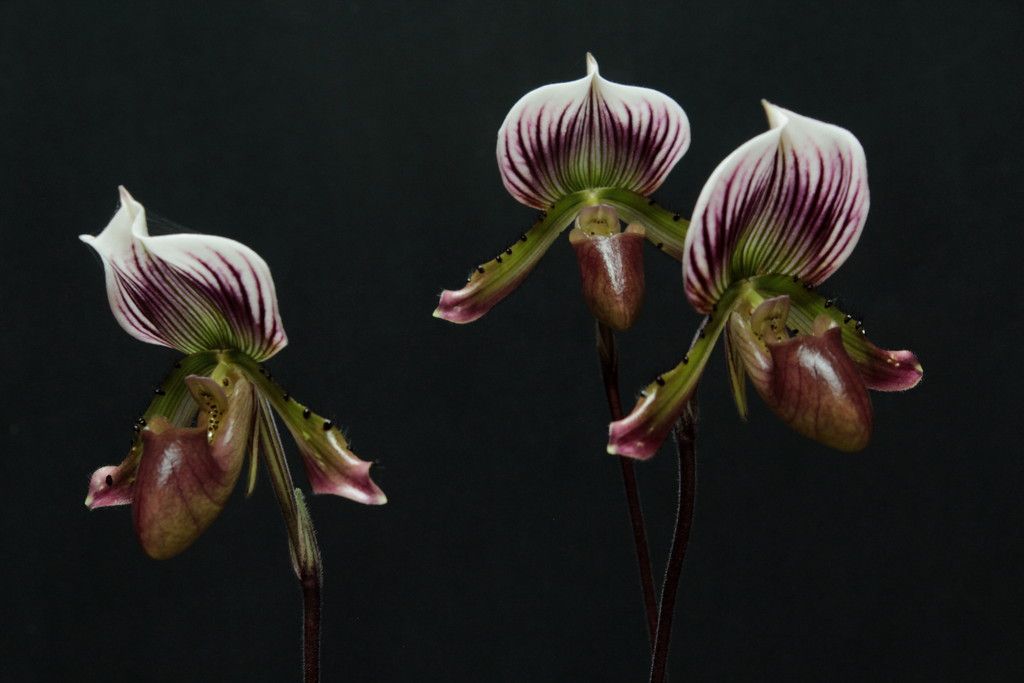
Opened back in early Oct. (sorry about the cobb webs)

Then again in Nov.

And now at Christmas

These three flowers are not individual plants but one large plant. I would like all to see how the environmental conditions affect the quality of each blooming. Warmer in Oct and gradually getting colder with less and less light. Not only is the shape of each flower different but also the amount of maroon in the dorsal halo increases later in the year. In person its more noticeable.
I bring this up because of the digressed conversation in my sanderianum thread where Tom-DE believes my plant is a hybrid. I personally disagree with that notation. I don't think its typical of sandies to bloom in the winter and this December flowering could give this "off" look Tom is picking up on.





